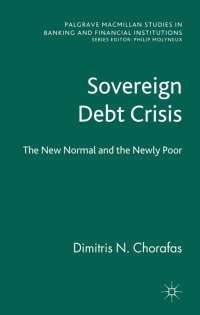Question
Part 1: Charlie manufactures and sells high-quality, handmade wooden angels. He began the current year with zero finished goods inventories. He expected FMOH would be
Part 1:
Charlie manufactures and sells high-quality, handmade wooden angels.
He began the current year with zero finished goods inventories. He expected FMOH would be $33,000 and allocated using labor costs which were estimated to be $33,000 as well.
During the year, Charlie produced angels that used $24,000 in materials and $30,000 in labor.
At year end, Charlie estimated the 1,000 units in ending finished goods inventory included $5,000 of materials and $7,500 of labor. No variable manufacturing overhead costs were estimated or actually incurred.
Charlie would like to know:
- What is the inventoriable cost per unit of finished goods using absorption costing and what amount will appear on the balance sheet for ending finished goods inventory?
- If variable costing was used to value ending finished goods inventory, will the inventoriable cost per unit amount be higher, lower or the same? Why?
Part 2:
Charlie is considering changing the method to allocate FMOH and using material costs as the allocation basis. Material costs were estimated to be $26,400 for the year.
If this change is made, would the value of ending finished goods inventory using absorption costing increase, decrease or stay the same?
Would this change affect what is reported as net operating income on the GAAP Income Statement?
Step by Step Solution
There are 3 Steps involved in it
Step: 1

Get Instant Access to Expert-Tailored Solutions
See step-by-step solutions with expert insights and AI powered tools for academic success
Step: 2

Step: 3

Ace Your Homework with AI
Get the answers you need in no time with our AI-driven, step-by-step assistance
Get Started


